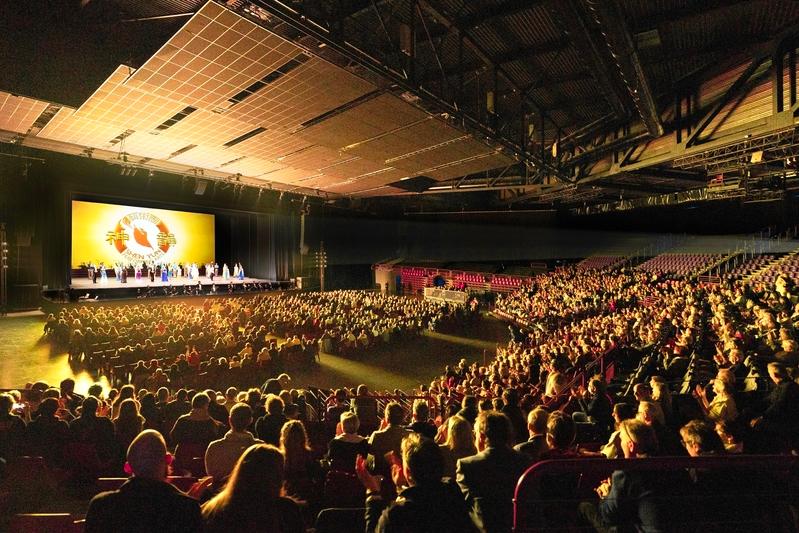Netflix and YouTube usage now makes up over 50 percent of North Americans’ broadband traffic, according to Sandvine’s biannual Global Internet Phenomena Report released Monday.
Users have left peer-to-peer filesharing in favor of on-demand quicker than predicted, according to Sandvine CEO Dave Caputo.
“For the first time ever, peer-to-peer filesharing has fallen below 10 percent of total traffic in North America, which is a stark difference from the 60 percent share it consumed 11 years ago,” Caputo stated.
Broadband consultancy Sandvine predicted peer-to-peer would drop below 10 percent by 2015, but by now it has already happened. On-demand video has been larger than peer-to-peer since 2009.
Despite having inferior broadband compared to other regions, North America users are using more of it than the other regions surveyed, including Asia-Pacific, Europe, Latin America, and Africa.
Netflix, Youtube
Netflix continues to hold the largest share of downstream traffic, at 31.6 percent, lower than Sandvine’s first 2013 report published in May. However, the numbers were taken before Netflix Inc.’s introduction of SuperHD content, and Sandvine expects Netflix’s share to continue to grow.
SuperHD streams are available at a bitrate up to 5800Kbps, which is twice the volume of the highest quality non-Super HD streams available. Previously, a user would need connections offering at least 7Mbps in speed to stream Super HD content, but Netflix removed the restriction late September.
Netflix currently has 40 million subscribers worldwide, and recently beat out HBO in US subscriptions. The boost is largely because of original content like the show Orange is the New Black, and Netflix executives have talked about plans for original movies as well.
It’s barely been two years since Netflix launched in Europe, where it now accounts for 20 percent of downstream traffic on the British Isles. It took Netflix four years to achieve that in the United States.
YouTube traffic grew 9 percent from Sandvine’s earlier study this year, and is now the second biggest streaming application at 18.69 percent of traffic. This is due to smartphone and tablet usage within the home, according to the study.
According to YouTube, the site has about a billion monthly users and has plans for paid channels.
Meanwhile BitTorrent downstream traffic dropped to 4 percent.
Broadband
Broadband in the United States is, on average, slower and more expensive than in other countries. A handful of cities have competitive speeds as of this year, however. Verizon Inc. rolled out FiOS service in selected areas, Google Inc. brought Google Fiber to places like Kansas City and Chattanooga, Tenn.’s municipal network lowered prices to match Google Fiber.
Two gigabytes of data cost more in any city in the United States than it does in any European city, according to a report published by the New America Foundation last month. The “best” home internet plan is $35 a month in the United States, and $40 for mobile internet plans.
The high prices are attributed to the lack of competition between internet providers, but haven’t prevented North Americans’ consumption of content, which at 44.5 gigabytes on average, hasn’t changed much from earlier this year. The “typical user” consumes about 17.6 gigabytes, just slightly lower than the previous survey, though Sandvine says this is due to seasonal differences.
The top 1 percent of North American users account for 39.8 percent of total upstream traffic, and 10.1 percent of downstream traffic. The bottom 50 percent of the users only account for 6.8 percent of total monthly traffic.
On the mobile side, the Asia-Pacific region uses over 1 gigabyte per person, over half of which is for video, and is more than double North America’s 443 megabyte monthly average.
Video traffic, however, is expected to grow faster in Africa than any other region.
“You have to be in Africa to understand Africa,” Caputo stated. “The African market is especially unique, as most users are connecting to the Internet for the first time through mobile devices.”
Unlike the other regions where real-time entertainment makes up most of the traffic, in Africa web browsing and communications comprise the majority of uses. BlackBerry has been incredibly popular in African markets, according to Sandvine, where more mobile users are currently on feature phones rather than smartphones.





